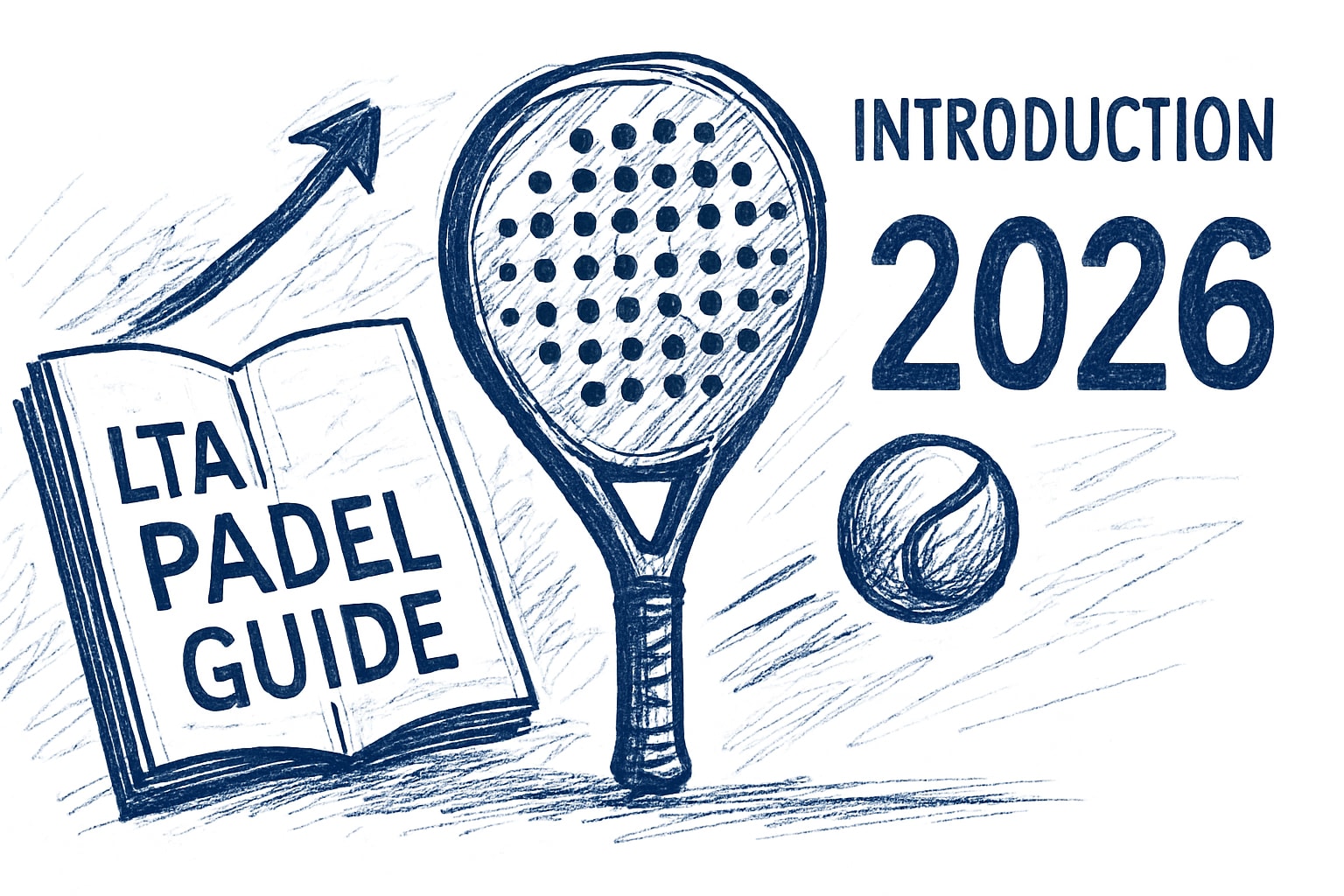Télécharger Poteau
Wingback Position in Soccer: A Dual Role
The wingback position in soccer is one of the most demanding roles on the field, requiring players to excel both defensively and offensively. Whether you're looking for a game of pick up soccer near me or watching players in positions like the Goalkeeper Position in Soccer or the Striker Position, wingbacks are given the freedom to push forward and support attacking plays while still maintaining their defensive responsibilities. This hybrid role has become more prominent in modern soccer, particularly in formations that utilize three central defenders. The wingback must have exceptional stamina, tactical awareness, and technical skills to balance these dual responsibilities effectively.
The Role of a Wingback in Modern Soccer
Wingbacks play a unique role in soccer, bridging the gap between defense and attack. Their positioning is typically wider than that of full-backs, allowing them to stretch the opposition’s defensive lines. Their responsibilities vary depending on whether their team is in possession or defending:
Attacking Support: In formations like 3-5-2 or 5-3-2, wingbacks act as auxiliary wingers, providing width and delivering crosses into the box to create goal-scoring opportunities.
Defensive Stability: When their team is defending, wingbacks drop back to form a five-man defensive line, adding extra protection against opposing attacks.
Tactical Flexibility: Their ability to transition quickly between attack and defense makes them a key component of tactical strategies, requiring both defensive discipline and attacking creativity.
This versatility makes the wingback role one of the most demanding yet impactful positions on the field.
Key Skills and Attributes of an Effective Wingback
To succeed as a wingback, players must possess a combination of physical endurance, technical ability, and tactical intelligence. Speed and stamina are essential since wingbacks must cover significant ground throughout the game, constantly transitioning between attacking and defensive phases. Strong crossing ability is also crucial, as wingbacks are expected to provide goal-scoring opportunities by delivering accurate balls into the penalty area. Additionally, solid defensive skills, including tackling and positional awareness, help them contribute effectively when their team is under pressure. Some of the best wingbacks in soccer, such as Trent Alexander-Arnold and Achraf Hakimi, demonstrate these qualities by influencing both ends of the pitch.
Tactical Importance of Wingbacks in Different Formations
The effectiveness of a wingback depends largely on the formation and tactics employed by the team. Their role varies based on the system in place and the demands of the match:
Attacking Role in a 3-5-2 Formation: Wingbacks have more attacking freedom since three central defenders provide defensive coverage. They are responsible for maintaining width, delivering crosses, and supporting midfield play.
Defensive Focus in a 5-3-2 Formation: Wingbacks must prioritize their defensive duties, ensuring they track back to prevent counterattacks and reinforce the backline.
Tactical Adjustments: Coaches often modify their wingback strategy depending on the opposition and game situation, emphasizing the need for tactical flexibility in this role.
By adapting their approach, wingbacks can influence both defensive solidity and attacking creativity, making them a vital part of modern soccer tactics.
Notable Wingbacks and Their Impact on the Game
Several players have redefined the wingback position, showcasing how crucial the role is in modern soccer. Brazilian legends Cafu and Roberto Carlos were pioneers of attacking wingbacks, using their speed and technical ability to influence games. More recently, players like Reece James and Alphonso Davies have brought a new level of dynamism to the position, combining defensive strength with explosive attacking runs. These players exemplify how wingbacks can be game-changers, contributing both defensively and offensively to their teams’ success.
The wingback position remains one of the most challenging yet rewarding roles in soccer. Its importance in modern tactical systems continues to grow as teams seek to maximize both defensive solidity and attacking width. With the right blend of skill, endurance, and tactical awareness, a wingback can be one of the most valuable assets on the field.





